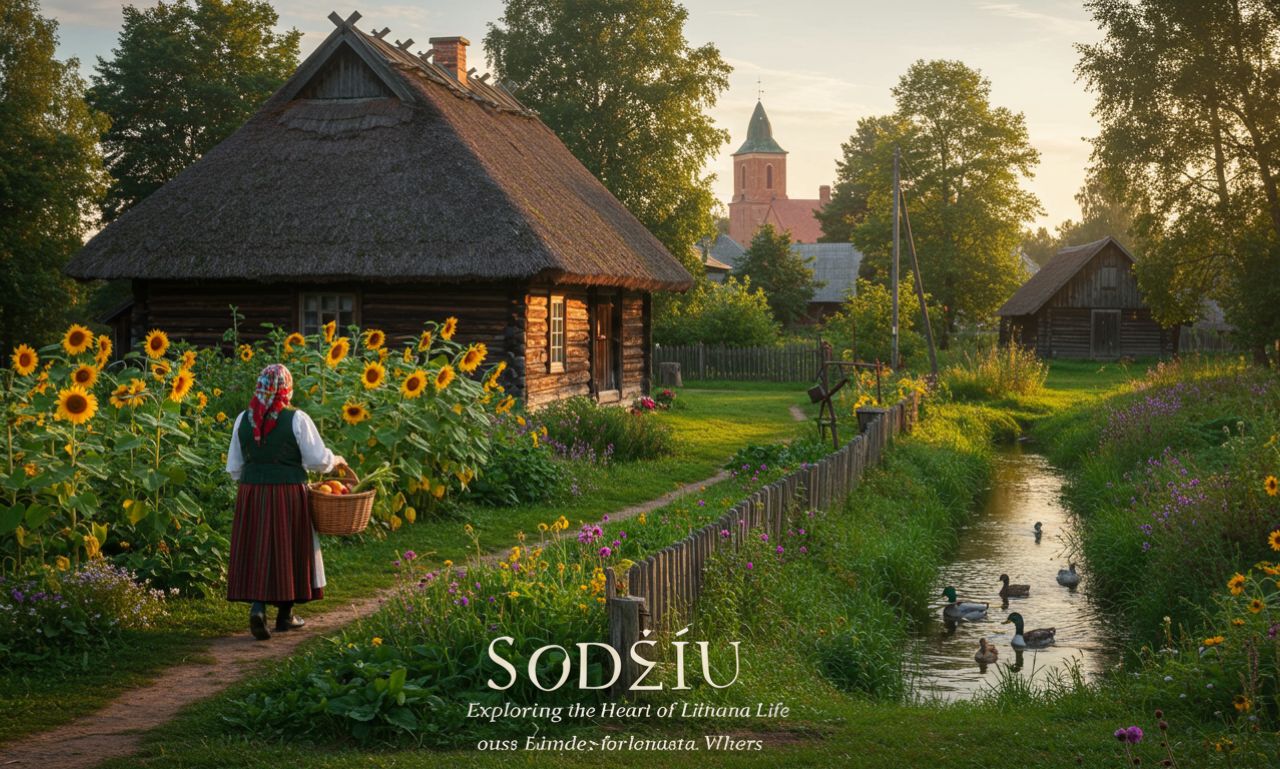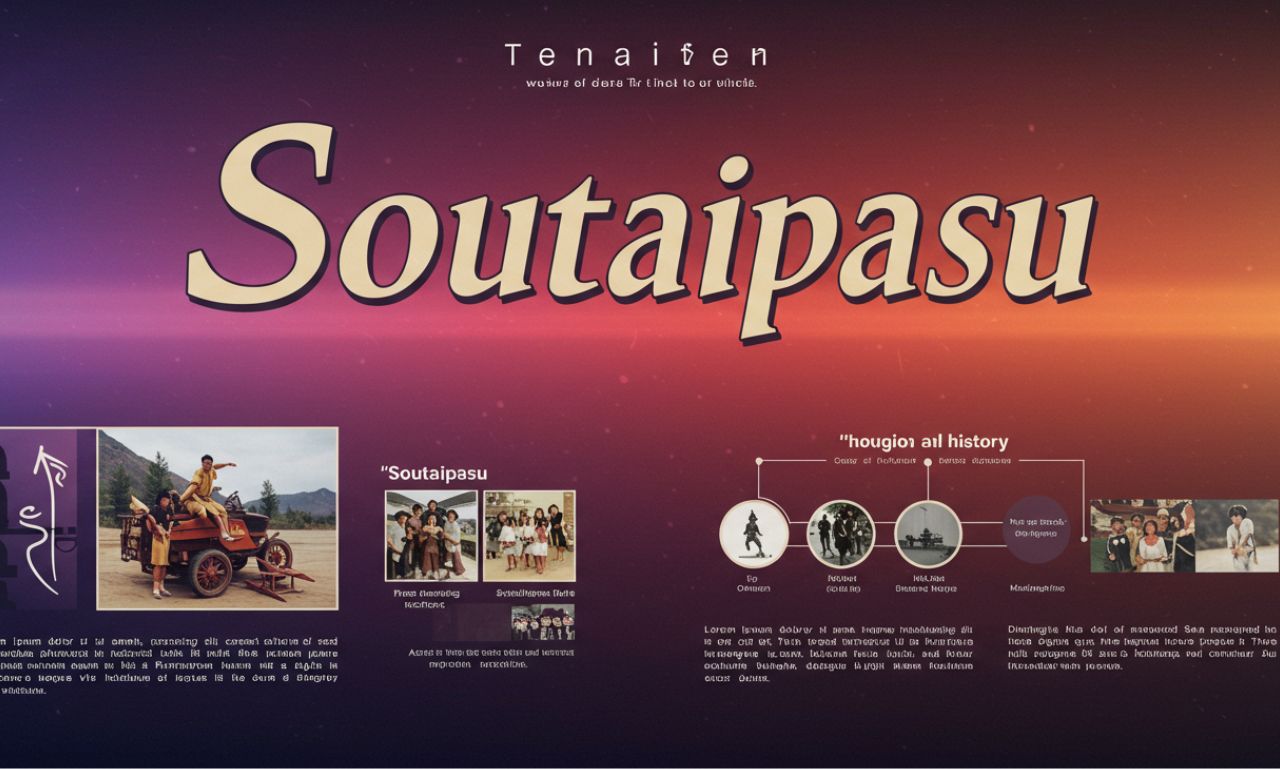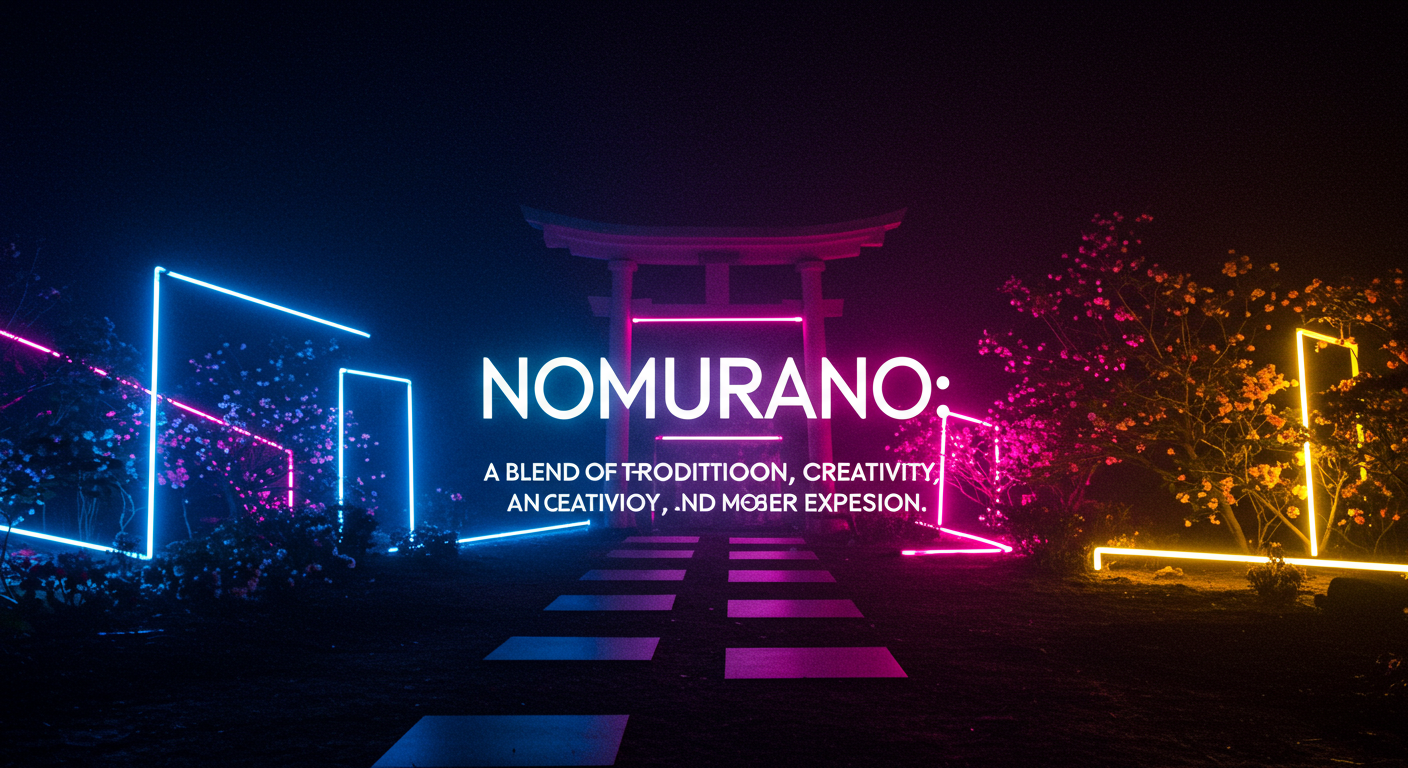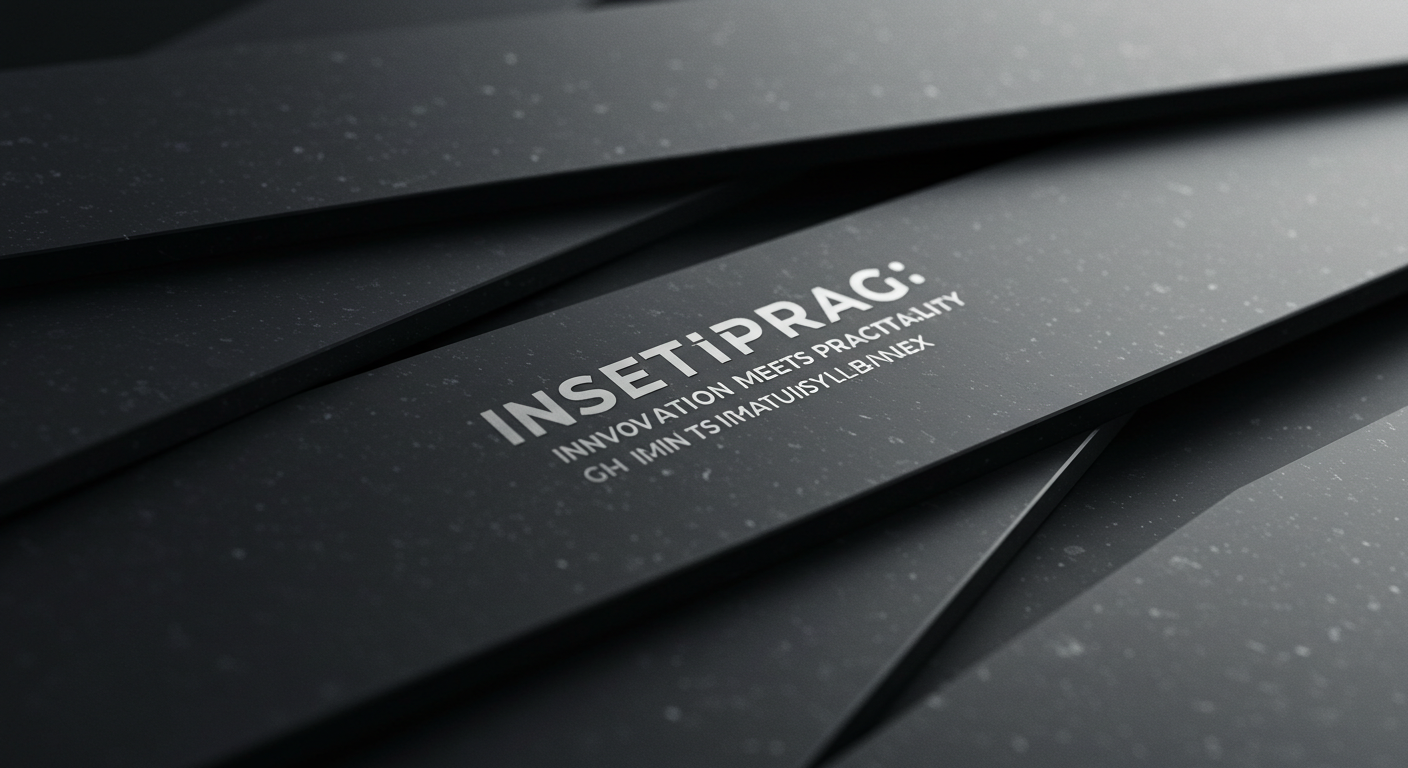The word Sodžiu represents more than just a geographical location—it’s a cultural heartbeat of Lithuania. Rooted in centuries of tradition, sodžiu refers to a village or rural settlement, where Lithuanian identity, language, and heritage have been preserved through generations. These small communities are quiet but deeply rich in character, offering insights into a slower, more meaningful way of life.
The Cultural Meaning Behind Sodžiu
A Symbol of Tradition
In Lithuanian culture, sodžiu is synonymous with simplicity, unity, and a deep connection to the land. Villages were traditionally made up of close-knit families, working together through the seasons. These were the places where customs were passed down orally—songs, crafts, festivals, and dialects.
Folk Life and Legacy
Lithuanian folk traditions have strong ties to sodžiu life. From the singing of sutartinės (ancient polyphonic songs) to seasonal festivals like Joninės (Midsummer), rural communities have always been the guardians of cultural rituals.
Architecture and Layout of a Traditional Sodžiu
Wooden Farmsteads and Nature
A typical sodžiu is often centered around a cluster of wooden houses, usually with thatched or tiled roofs. Most homes are surrounded by gardens, barns, and small fields. The layout reflects functionality and harmony with nature.
The Role of the Village Center
Many sodžiai (plural of sodžiu) include a central space, often a church, a school, or a community gathering hall. These places not only serve religious or educational roles but also act as the cultural core of the community.
Life in the Sodžiu: Then and Now
Agricultural Roots
Historically, sodžiu life revolved around agriculture. Villagers raised animals, planted rye and potatoes, and lived in tune with nature’s rhythms. Manual labor was intense, but the community structure provided support.
Modern Changes
In modern Lithuania, some sodžiai have evolved significantly. While many remain traditional, others have embraced modernization. Paved roads, internet access, and eco-tourism have brought new life into old villages, while still preserving their rustic charm.
Sodžiu in Lithuanian Literature and Art
Literary References
Lithuanian writers such as Žemaitė and Vincas Krėvė often highlighted the values and struggles of sodžiu life in their work. Through their stories, sodžiu became a symbol of resilience, family, and national pride.
Artistic Inspiration
From paintings to photography, Lithuanian artists frequently depict sodžiai landscapes: rolling fields, wooden fences, forest edges, and haystacks—offering a visual ode to rural beauty.
Sodžiu and National Identity
The Backbone of a Nation
During periods of foreign occupation, the so.džiu preserved the Lithuanian language, religion, and traditions. It was in these villages that the book smugglers (knygnešiai) secretly distributed banned Lithuanian texts during Russian rule—keeping the national spirit alive.
A Growing Interest in Roots
Today, many Lithuanians and descendants abroad are reconnecting with their sodžiu roots. Whether visiting ancestral homes or engaging in genealogy, there’s a growing cultural renaissance focused on village heritage.
Visiting a Lithuanian Sodžiu
What to Expect
Traveling to a sod.žiu is like stepping back in time. Visitors can experience:
-
Traditional Lithuanian cuisine (like šaltibarščiai or cepelinai)
-
Folk music and dance performances
-
Handicrafts workshops (such as weaving or straw ornament making)
-
Authentic countryside hospitality
Eco-Tourism and Homestays
Many rural areas now offer farm stays, where travelers can milk cows, bake bread, or take part in seasonal festivals. This immersive approach gives a deeper understanding of sod.žiu life and culture.
Preserving the Future of Sodžiu
While urban migration continues to reduce the population of some villages, initiatives to revitalize sodžiai are growing. These include:
-
EU-funded rural development programs
-
Heritage preservation projects
-
Local farming cooperatives
-
Cultural festivals and tourism promotion
By blending tradition with innovation, Lithuania aims to ensure that sod.žiu remains a living, breathing part of its national identity.
Conclusion
The word Sodžiu is much more than just “village”—it is the soul of Lithuania. From its historical significance to its modern-day charm, sodžiu represents a lifestyle rooted in nature, community, and culture. Whether you are a heritage explorer, a traveler, or simply someone drawn to rural life, the sod.žiu offers a glimpse into the heart of Lithuania that continues to beat strongly.










